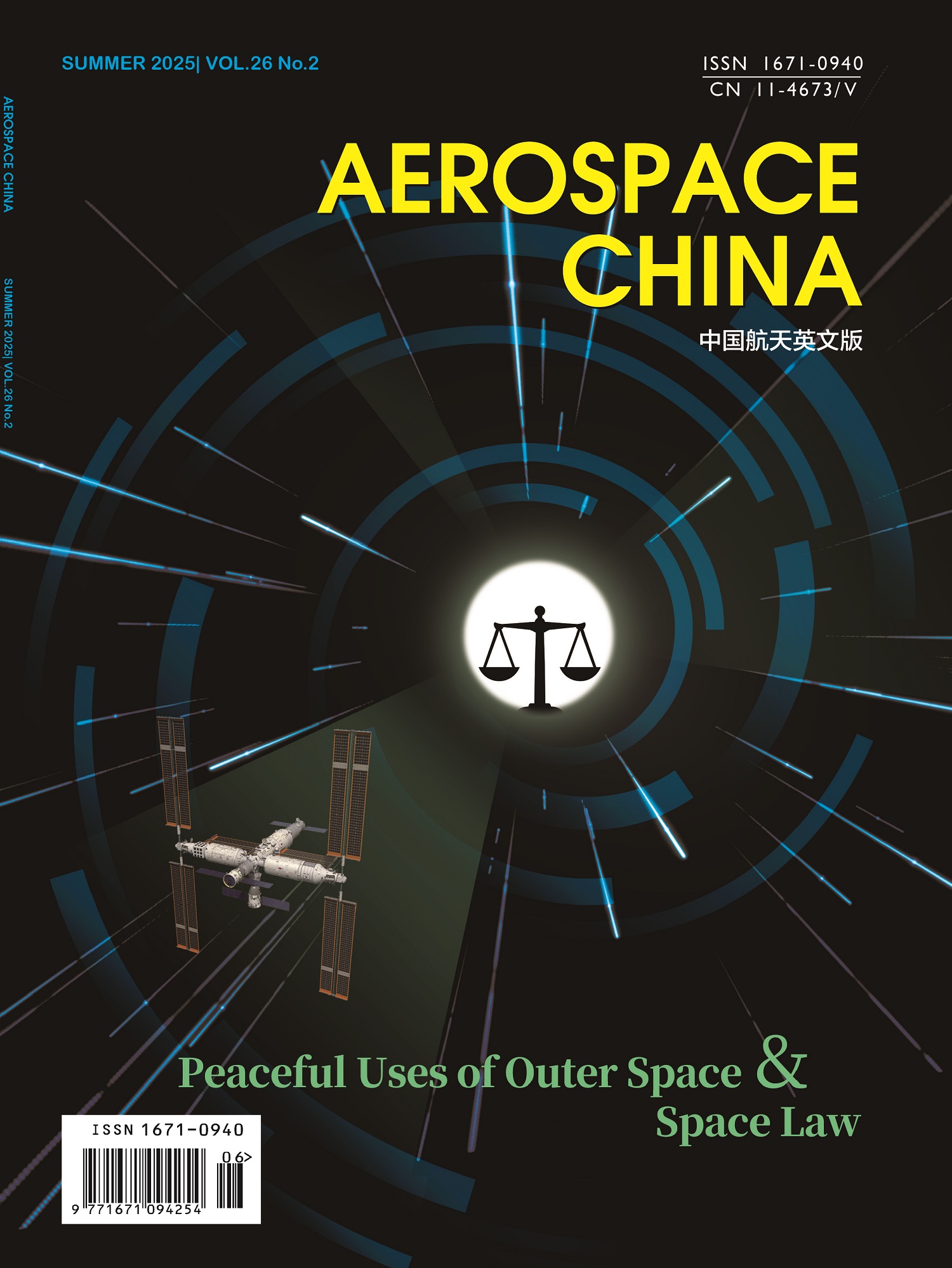The completion of the BeiDou global navigation satellite system has made China becoming the third country owning a global navigation satellite system independently. It has embarked on a development path with Chinese characteristics, enriched the development route of the world navigation satellite system, and enhanced China’s core competitiveness.
The article describes the development and construction of Beidou Navigation Satellite System (BDS) and summaries the main achievements of BDS-1, BDS-2 and BDS-3 systems from the three aspects of independent innovation,system research and technological breakthrough. The article also analyzes the technical innovation characteristics of the BDS satellites comprehensively, providing a reference for subsequent research and planning of the next generation of the BDS satellites that are more ubiquitous, more integrated, and more intelligent.



